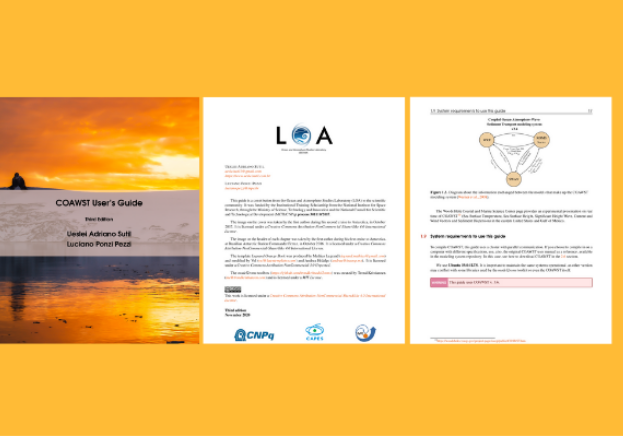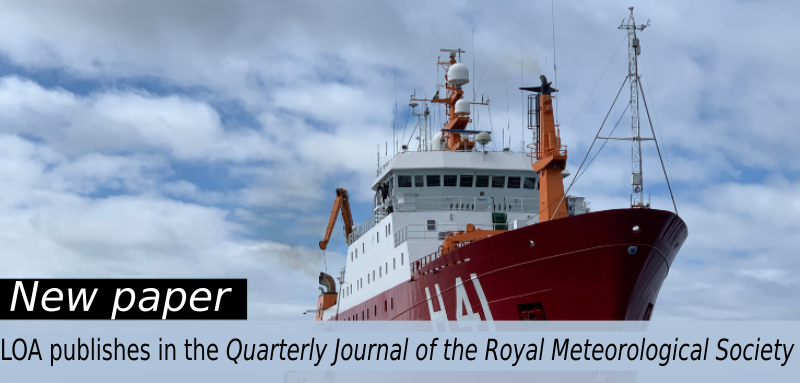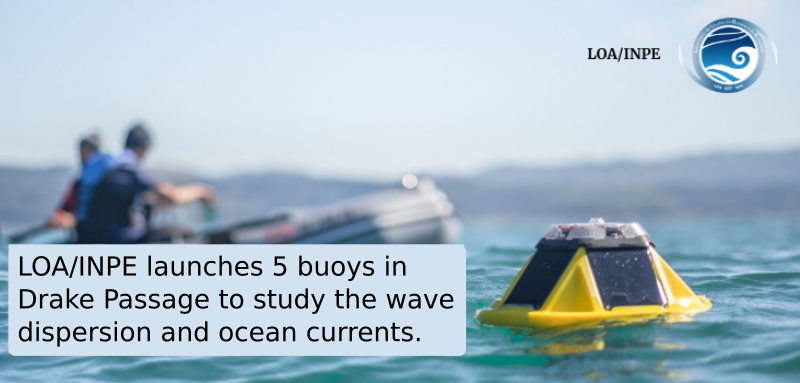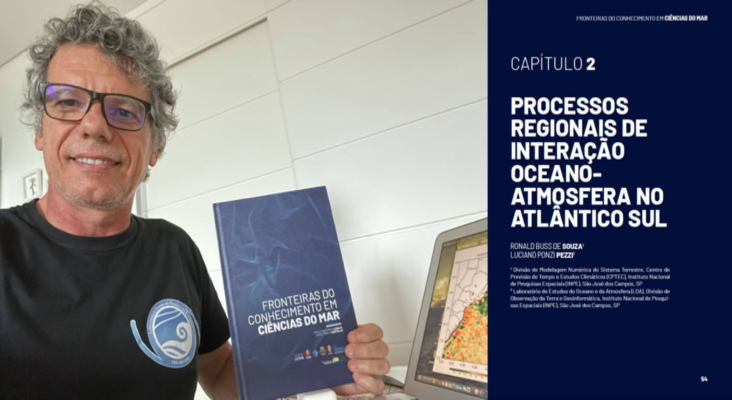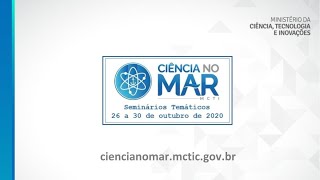The COAWST Guide "Coupled Ocean-Atmosphere-Wave-Sediment Transport System" is a system that integrates ocean and climate models for different simulations, such as larval dispersion analysis, to verify the possibility of inter-island species recruitment and, consequently, its viability. The authors of the COAWST Guide are Ueslei Sutil, PCI fellow from the Ocean and Atmosphere Studies Laboratory, and Luciano Pezzi, a researcher at OBT/INPE. The COAWST GUIDE in Brazil started in 2018 with the technical report of the graduate student, at the time Ueslei Sutil, and evolved to the 2nd. edition in 2019, already as a Guide, and now in 2020, in the English version.
The authors report the 3rd. edition of the COAWST Guide below:
This Guide is designed to help new users set up and use the Ocean-Atmosphere-Wave-Sediment Coupled Transport System (COAWST). The main idea is to teach you the steps necessary to use COAWST, starting with installing it, simulating a test case, and configuring your project. Several programming languages , such as Fortran, Python, and MATLAB, were used to achieve this goal. It is intended to adapt all scripts to scripting in a free language in the future. When the Guide began, the experience was transmitted using a numerical modeling system considered state of the art in oceanography. The understanding and functioning of COAWST can be seen throughout the reading, combining theory and practice. However, a major difficulty in this process was the generation of the frontier and the initial conditions for the ocean model, the "Regional Ocean Modeling System" (ROMS), which has paid software. We chose to work with the model2roms toolbox package to solve this problem. This set of routines was developed in Python and Fortran by Trond Kristiansen. It is emphasized that in a few chapters, the reader will discover how to use COAWST in a cluster available for use by the Laboratory for Ocean and Atmosphere Studies (LOA) of the National Institute for Space Research (INPE). COAWST is a high-performance computing system that allows the use of software in parallel computing processes. Therefore, this Guide will inspire COAWST users to implement their projects on their computer systems.
The Guide is available at https://doi.org/10.13140/RG.2.2.31269.12002 and also in INPE's online library athttp://urlib.net/8JMKD3MGP3W34R/43BQG8E

